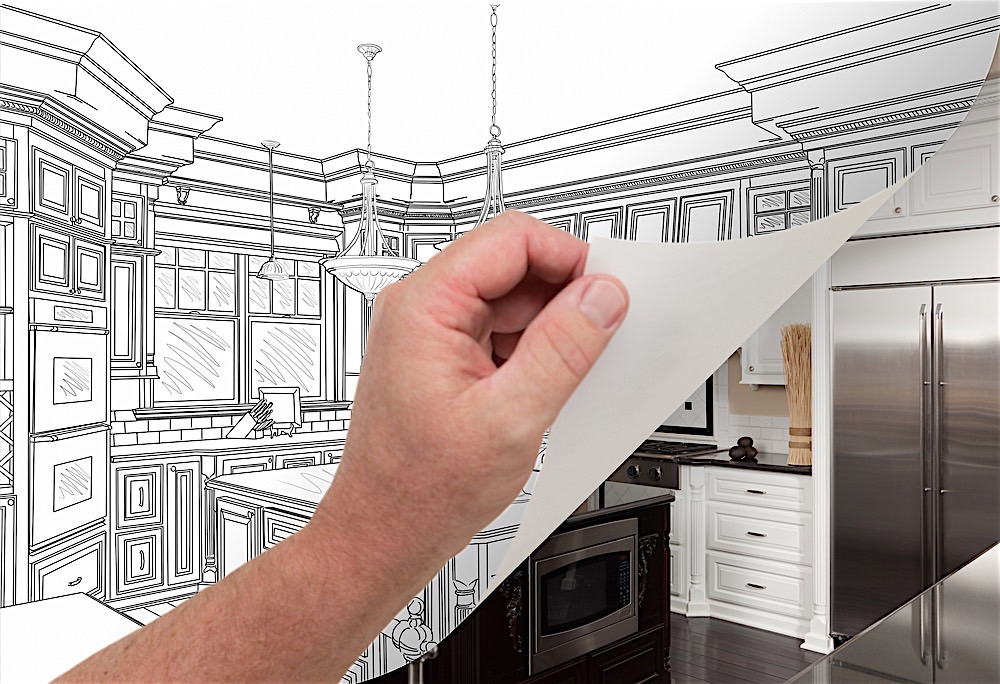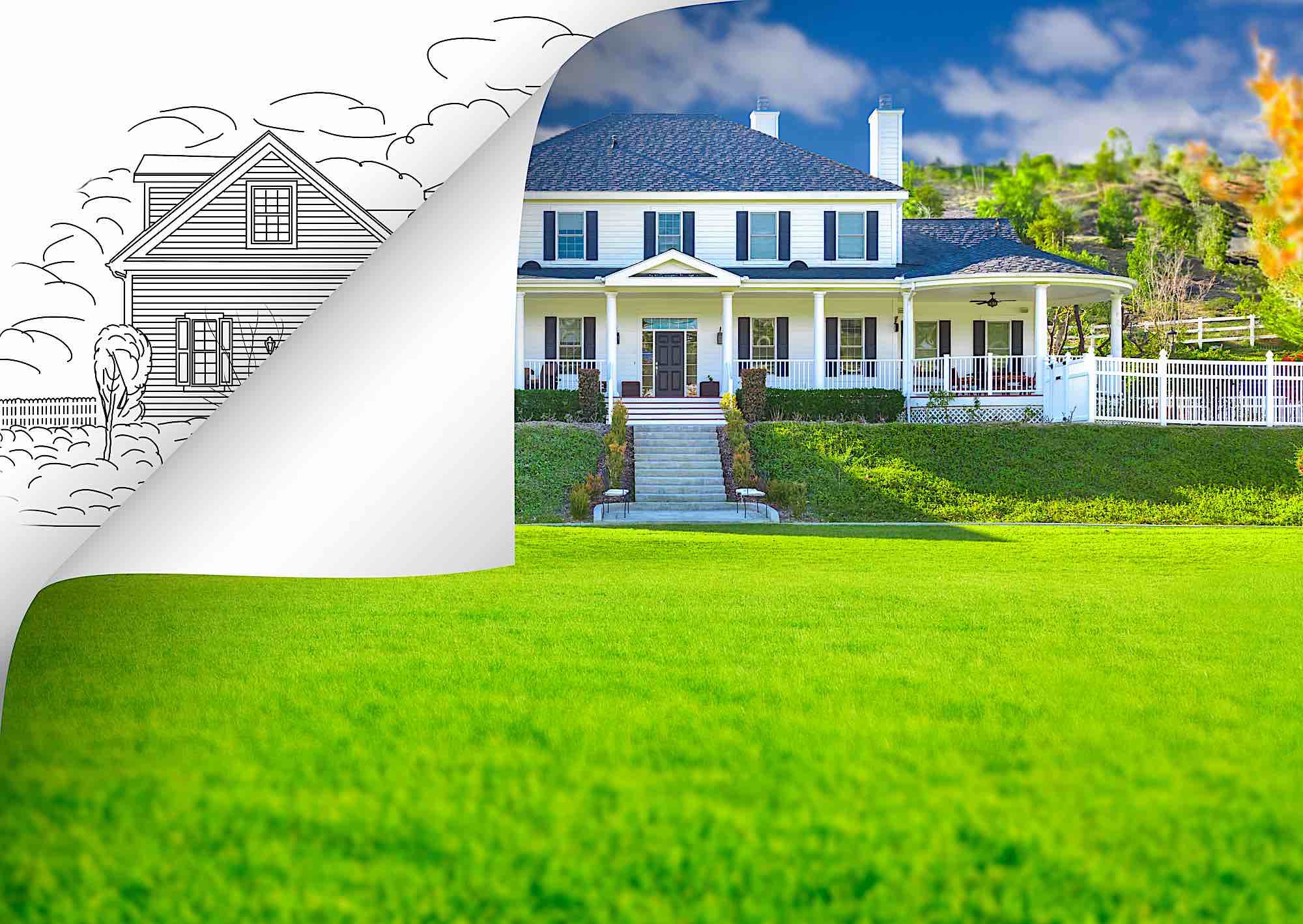 Flipping real estate can be a great way to supplement your income, but you could be biting off more than you can chew if you’ve never rehabbed properties before. It’s not enough to just start small – first-time flippers also need to make sure they’re investing their money wisely and timing their projects so that they can be sold during the peak season. If you want to try flipping houses for the first time, keep these three things in mind.
Flipping real estate can be a great way to supplement your income, but you could be biting off more than you can chew if you’ve never rehabbed properties before. It’s not enough to just start small – first-time flippers also need to make sure they’re investing their money wisely and timing their projects so that they can be sold during the peak season. If you want to try flipping houses for the first time, keep these three things in mind.
- Location is everything. It doesn’t matter how nicely you rehab properties if they’re in a bad location. The quality of a community is a major consideration for anyone buying a house, so you need to make sure that your projects are in a desirable neighborhood for your market. It’s always better to invest in a bad house in a good location than the other way around.
- Stay away from structural problems. As much as your seller might try to downplay it, a broken support beam is always a major red flag for any house. Housing codes require that all structural supports be intact in order for a house to be inhabitable. If a home inspector notices the damage he can condemn your house – even if the property isn’t in imminent danger of collapse. Structural problems aren’t easy fixes, either. It could cost as much as $30,000 to get a slanted or sagging house to pass muster.
- Be thorough. If you’re flipping houses that need electrical or plumbing work, make sure to test everything before moving on to insulation and drywall. It’s all too easy to miss one faulty connection when doing large-scale repairs. But that one faulty connection could turn into a costly ordeal if you don’t discover it until after you’ve installed and painted the walls.
Don’t expect everything to go as planned the first time you try rehabbing properties. You’re bound to make a few mistakes, so just make sure that you work slowly enough to catch and fix them before they turn into major blunders. If you make sure to always err on the side of caution, you’ll turn yourself into a house-flipping phenomenon in no time.




